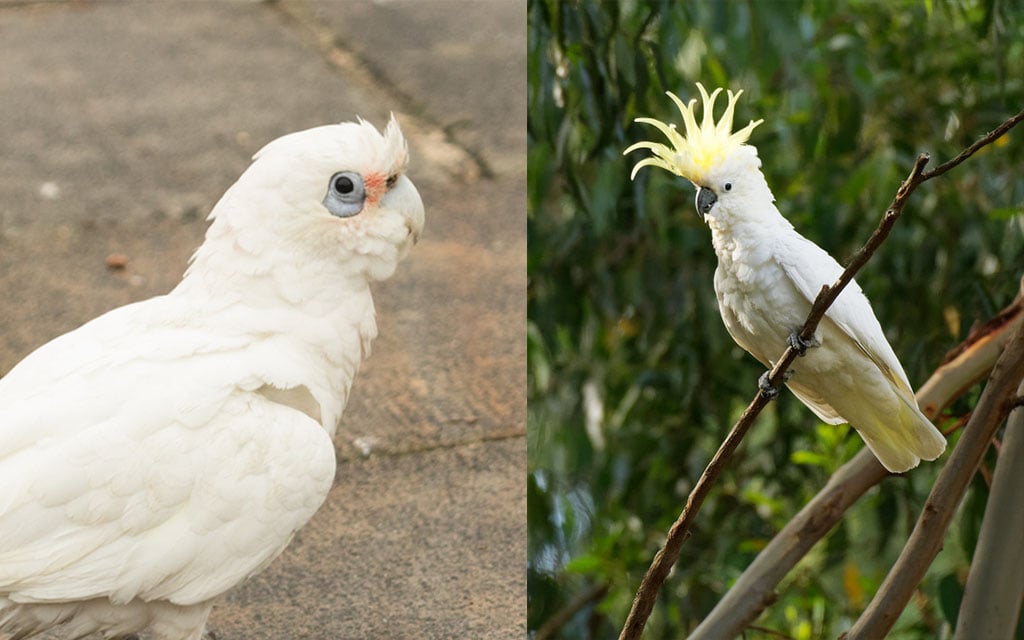
ERROL PARKER | Editor-at-large | Contact
In a study conducted by the Institute of Ornithological Social Studies (IOSS), corellas, the iconic parrots that grace Australian skies, have been identified as members of the avian working-class, struggling to make ends meet in an increasingly hostile cockatoo-dominated environment.
Previous perceptions of these charismatic birds, often regarded as mere avian troublemakers, have been challenged by the findings of the IOSS research. The study, spanning a comprehensive six-month period, involved meticulous observation of corella behaviour, living among them to comprehend their daily challenges and socioeconomic struggles.
The report sheds light on the arduous realities faced by corellas as they navigate the ever-changing landscape of cockatoo urbanisation and the gentrification of once tightly-held pockets of corella habitat. Perceived by many as urban pests due to their boisterous squawks and activities, corellas are found to be battling numerous socioeconomic hardships in their quest for survival.
According to Dr. Avianus Wisebeak, the lead researcher of the IOSS study, corellas are often misunderstood and subject to unwarranted persecution. “These birds are not mere nuisances,” Dr. Wisebeak emphasised. “They are remarkably resourceful and resilient beings, adapting to the challenges posed by cockatoo expansion and limited natural habitats.”
One of the primary obstacles faced by corellas is the scarcity of food and suitable living spaces. The study reveals that these industrious birds resort to scavenging and dumpster diving in search of sustenance. It is a testament to their adaptability and survival instincts in the face of adversity.
The urban landscape, where corellas are now predominantly found, presents additional challenges such as cockatoos hiding their delightful sulphur-coloured feathers in order to blend in and enjoy aspects of corella culture and habitat.
Furthermore, the report highlights the lack of access to essential resources, including education and healthcare, for corellas. Unlike their more privileged counterparts, residing in well-maintained aviaries and receiving specialised care, these working-class parrots must fend for themselves with limited means and no safety net.
The findings of the IOSS study have sparked a fervent debate among ornithological enthusiasts, with some expressing skepticism about the classification of corellas as working-class birds. However, the researchers stand by their rigorous methodology and encourage the public to reconsider their perceptions.
As we witness the vibrant acrobatics and playful antics of corellas in our urban spaces, it is now incumbent upon us to recognise the struggles these avian labourers face. Instead of dismissing them as mere troublemakers, let us acknowledge and respect their determination to thrive in a cockatoo-dominated world. For example, corellas were observed eating the greens this morning at the prestigious Royal Betoota Cockatoo Club. Perhaps, in doing so, cockatoos and their bisexual counterparts, galahs, can foster a more empathetic coexistence with these remarkable working-class corellas.
More to come.










